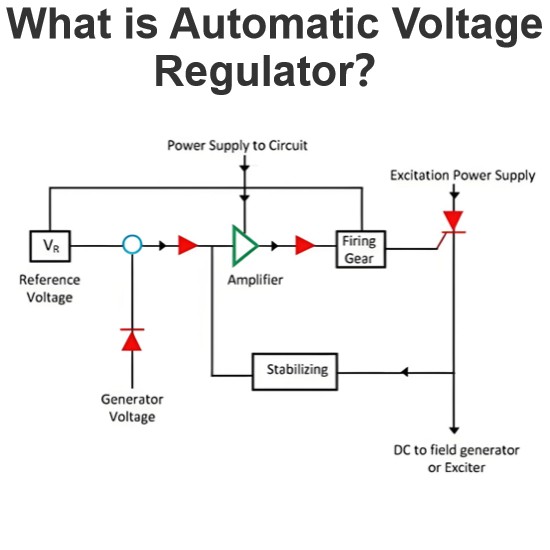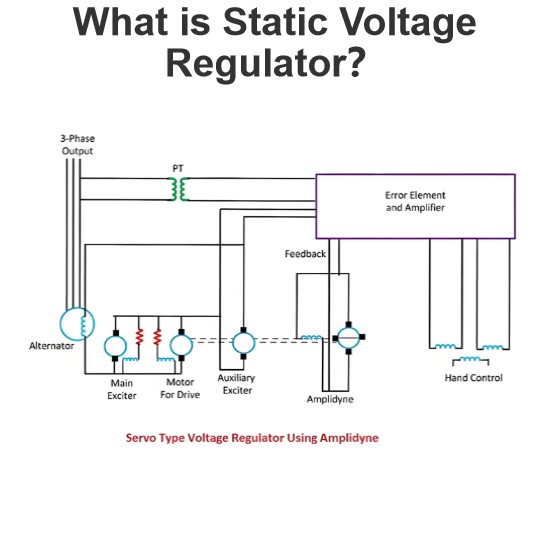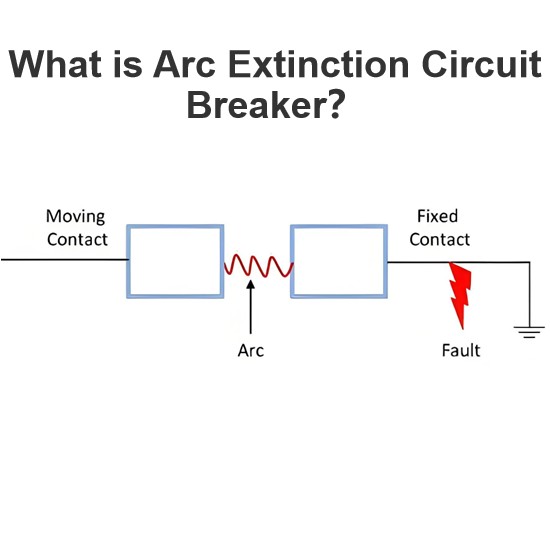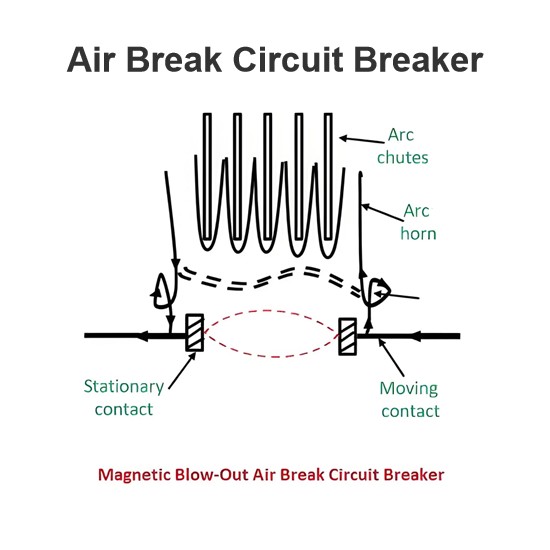What tests should be performed when evaluating electrical cable samples?
Tests to Perform When Evaluating Cable Samples
When evaluating cable samples, a series of standardized tests are typically conducted to ensure their quality and performance meet the intended application requirements. These tests cover electrical performance, mechanical performance, environmental adaptability, and more. Below are common cable testing categories and their brief descriptions:
1. Electrical Performance Tests
These tests are primarily used to verify the conductivity and insulation properties of the cables.
Conductor Resistance Test: Measures the resistance of the cable conductor to ensure it meets the specified resistance values. Excessive resistance can lead to voltage drops or overheating issues.
Insulation Resistance Test: Measures the resistance of the cable's insulation layer to ensure it provides adequate insulation, preventing current leakage and short circuits.
Dielectric Withstand Test (Hi-Pot Test): Applies a higher-than-operational voltage to the cable to test its insulation performance under high voltage conditions, ensuring no breakdown occurs.
Partial Discharge Test: Detects partial discharge phenomena in the cable under high voltage, identifying potential insulation defects before they become critical.
2. Mechanical Performance Tests
These tests assess the cable's performance under physical stress to ensure it does not get damaged during installation and use.
Tensile Strength Test: Measures the cable's ability to withstand tensile forces, ensuring it does not break during installation.
Flexing Test: Simulates repeated bending of the cable in actual use conditions, testing its durability and fatigue resistance.
Abrasion Resistance Test: Evaluates the abrasion resistance of the cable's outer sheath to ensure it does not easily wear out in friction-prone environments.
Impact Resistance Test: Tests the cable's ability to withstand external impacts, ensuring it remains functional even in harsh conditions.
3. Environmental Adaptability Tests
These tests evaluate the cable's performance under different environmental conditions to ensure long-term stability in specific working environments.
Temperature Cycling Test: Exposes the cable to various temperature ranges to test its performance under extreme temperatures, ensuring it does not fail due to thermal expansion and contraction.
Low-Temperature Brittleness Test: Tests the flexibility of the cable at extremely low temperatures to ensure it does not become brittle or crack in cold environments.
Chemical Resistance Test: Exposes the cable to various chemicals to test its resistance to external chemical erosion.
Water Resistance Test: Assesses the cable's waterproof performance to ensure moisture does not infiltrate and cause insulation failure.
UV Resistance Test: Tests the cable's resistance to ultraviolet radiation to ensure it does not degrade rapidly when used outdoors.
4. Flame Retardancy Tests
These tests evaluate the safety of cables in fire situations, ensuring they do not become sources of ignition or accelerate the spread of fire.
Vertical Flame Test: Vertically suspends the cable and ignites it, observing flame propagation speed and self-extinguishing time to assess its flame retardant performance.
Smoke Density Test: Measures the density of smoke produced by burning cables to ensure minimal harmful smoke generation during fires.
Toxic Gas Emission Test: Evaluates the amount of toxic gases released when the cable burns to ensure it does not pose severe health risks during fires.
5. Electromagnetic Compatibility (EMC) Tests
These tests evaluate the cable's performance in electromagnetic interference environments, ensuring it is not affected by external electromagnetic interference and does not interfere with other equipment.
Shielding Effectiveness Test: Assesses whether the cable's shielding layer can effectively block external electromagnetic interference.
Conducted Emission Test: Measures the level of electromagnetic interference conducted through power lines or other conductors while the cable is in operation.
6. Dimension and Structure Inspection
These tests verify that the cable's physical dimensions and structure comply with design specifications.
Outer Diameter Measurement: Measures the outer diameter of the cable to ensure it conforms to standard specifications.
Insulation Thickness Measurement: Measures the thickness of the cable's insulation layer to ensure it is thick enough to provide adequate insulation protection.
Conductor Cross-Sectional Area Measurement: Measures the cross-sectional area of the conductor to ensure it matches the nominal value, guaranteeing good conductivity.
7. Other Specialized Tests
Depending on the specific application scenario of the cable, additional specialized tests may be required.
Oil Resistance Test: For cables used in oil environments, this test evaluates their resistance to oil to ensure they do not deteriorate upon contact with oil substances.
Ozone Resistance Test: For cables used in ozone-containing environments, this test evaluates their resistance to ozone to prevent premature aging due to ozone exposure.
Summary
When evaluating cable samples, comprehensive testing must be performed to ensure safe and reliable operation under various conditions. Specific test items should be determined based on the cable's application scenario and relevant standards (such as IEC, UL, GB, etc.). These tests help prevent potential quality issues and ensure the cable maintains good performance throughout its lifecycle.
The Electricity Encyclopedia is dedicated to accelerating the dissemination and application of electricity knowledge and adding impetus to the development and innovation of the electricity industry.













